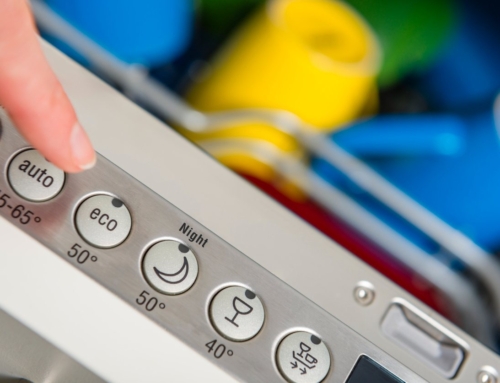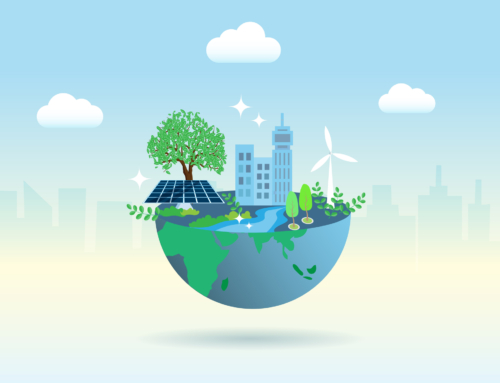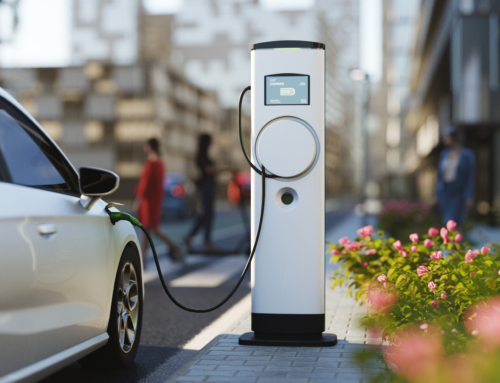Wind energy technologies are used as a form of renewable energy production and can help reduce the amount of air pollution caused by the use of fossil fuels. Wind power can be used to provide electricity for homes, schools, businesses, and even for a specific task, such as pumping water, sailing, or flying a kite.
Make the most of your power with these energy-saving tips, and learn more about wind energy below, including how you can benefit from eco-friendly energy plans with Spring Power & Gas.
What Is Wind Energy?
Wind is a type of solar energy that is created by a number of factors, including the rotation and topography of the earth, and the sun heating the atmosphere unevenly. Wind power, or wind energy, is the process used to take wind and create electricity or mechanical power using wind turbines. As a mechanical power, the energy can be used directly for specific tasks; otherwise, this energy is converted into electricity.
How Is Wind Power Generated?
Wind power is created using a wind power generator and turbines containing large rotor blades like those on a helicopter. Wind flows across the rotor blades and creates an aerodynamic force using both lift and drag, and causing the rotors to spin. The rotors are attached to the wind turbine generator and a series of gears that cause the rotors to spin even faster. The combination of aerodynamic force and the motion of the generator produces electricity through a wind energy transformation.

Windmills vs. Wind Turbines
There are several types of wind energy technologies, including windmills and wind turbines. Despite some popular confusion, windmills and wind turbines are actually very different. Windmills are usually smaller and are used only for creating mechanical energy for tasks like pumping water or grinding grain. Wind turbines are a larger and more complicated form of machinery that use the kinetic energy from the wind and turn it into electricity. Additionally, there are also wind farms, which are a large number of turbines working together to create electricity for an entire power grid.
What Is Wind Power Used For?
There are various ways you are probably already benefiting from the use of wind power in your daily life. For example, many communities use wind farms to provide electricity to their homes and businesses. Farmers also use wind power for grinding grain and pumping water, plus it has been used for centuries in its natural form for important activities like sailing ships.
Pros & Cons of Wind Energy Technologies
There are several environmental benefits to the use of wind power for providing electricity. For starters, it is a free and renewable resource, meaning that no matter how much of it is used, there will always be more. It also produces clean energy without air pollutants or greenhouse gases. The main environmental concern is the amount of noise produced by wind turbines, but by putting wind farms in more remote locations, this has not been a big issue.
The initial cost of equipment for wind energy technologies is fairly high, but over the lifespan of its use, the total cost of using wind power for electricity is actually much lower than other options. Without the need for fuel to power the machinery, there are no additional costs to factor in after everything is up and running, except maintenance.
Not all wind can be harnessed for its energy, particularly when blowing intermittently. Wind also cannot be stored for later use—however, the electricity created can. Another challenge is that remote locations of wind farms require some means of transporting electricity to the more populated areas that need it. There are also concerns that the land could be used for other purposes, but in most cases it can double as a wind farm and a place for grazing or traditional farming.
Contact Spring Power & Gas
At Spring Power & Gas, our mission is to provide high-quality natural gas and electricity energy plans using innovative and eco-friendly strategies that limit our impact on the environment. To find out more about our energy plans, or to sign up, contact Spring Power & Gas today!
You can also learn more about how you can reduce your carbon footprint by checking out the Spring Power & Gas Blog.




![Top 11 Sustainable Building Practices for Eco-Homes [Plus 5 Sustainable Materials]](https://springpowerandgas.us/wp-content/uploads/2023/02/iStock-181062267-500x383.jpg)

